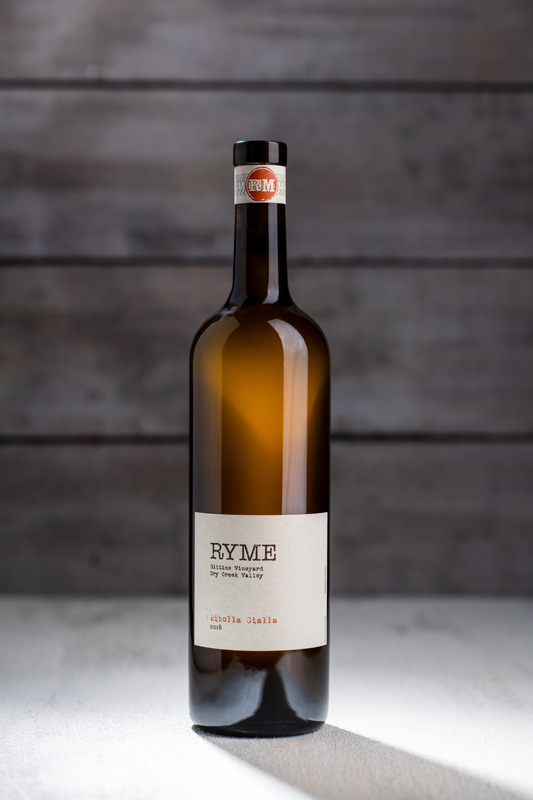It’s said that the best wines flirt with faults. This could be the motto for orange wine, which luxuriates in the flavors and textures that conventional white wines will do just about anything to avoid.
Orange wine is not so much its own separate category, but rather a stylistic extension of white wine. It’s what happens when you treat white wine like red wine, allowing the grapes to soak on their skins for an extended period of time — weeks or even months. It’s white wine at its most soulful, exuberant, and emotionally complex — imagine if Zorba the Greek were a pinot grigio.
But just as red wine can span from the lightest of pinots to the boldest of cabernets, orange wine comes in a range of styles, depending on grape variety, region, and the amount of skin contact. The best gauge for knowing what you’re getting into is to look at the color: a light hue means fresh and accessible, while a deep amber tone suggests a complex array of dried fruit, earthy tea-like flavors, and gravelly tannins that can disorient as well as inspire.
When orange wine hits the mark, it offers the best of both red and white, a perfect combination of freshness and weight. For me, this makes it a superstar at the table, especially during summer when dishes are pure, simple, and often last-minute, whether it’s striped bass on the grill or homemade hummus with vegetables from the garden. My only suggestion would be to avoid dishes built around tomato sauce.
Exciting orange wine frontiers include the country of Georgia, where the style originated many millennia ago, Italy’s Friuli region, where winemakers Josko Gravner and Stanko Radikon revived it in the 1990s, and western Sicily, where tropical ripeness is matched by a wild snap of tangy salinity.
But an area that’s particularly close to my heart is Northern California, where a cohort of young, natural-leaning winemakers are reinventing the genre. Here are two of my favorites.
Ryme Cellars Gittins Vineyard Ribolla Gialla 2018
Ryan and Megan Glaab are Sonoma-based winemakers who specialize in locally-sourced Italian varieties. A trip to Friuli in 2008 inspired them to make this skin-contact Ribolla Gialla. The grapes were sealed in clay amphora for more than six months, resulting in deeply concentrated flavors of persimmon, ginger and saffron.
Margins Skin Fermented Chenin Blanc 2019
Driven by non-negotiable values and an intense devotion to her craft, Megan Bell is part of a new wave of natural winemakers in the Santa Cruz Mountains. This wine sees an extended maceration period of 25 days, contributing heady aromas of apple skin, lemongrass and ginger.
A native of West Tisbury, Sam Decker is a writer, sommelier and co-founder of Wine + Peace, a website that lets consumers purchase responsibly made wines directly from small producers across the U.S. @drinkwineandpeace


